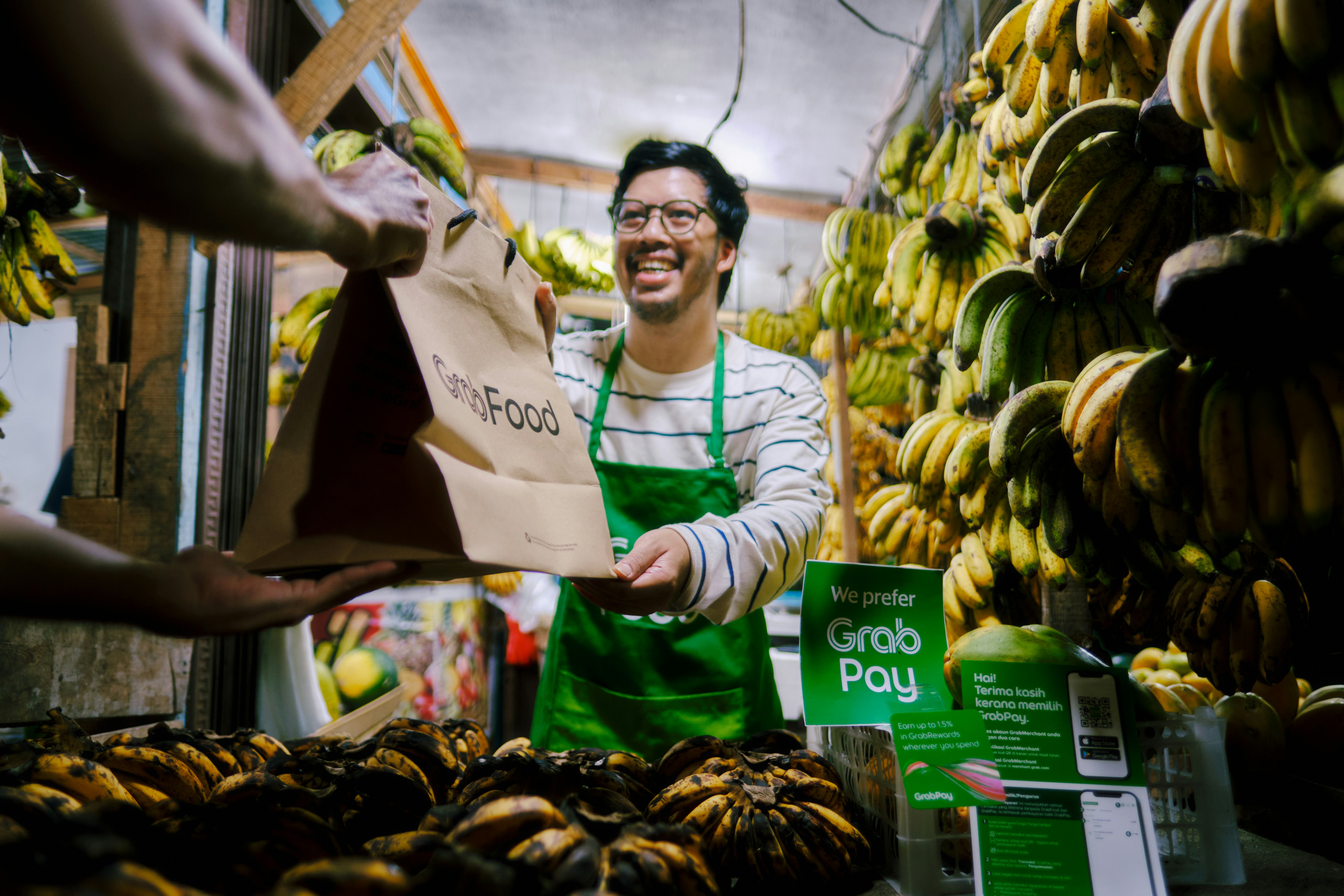A Restaurant Owner's Guide to Choosing the Best Food Delivery Service
2025年1月4日

Choosing the right food delivery service can feel complicated, but it doesn't have to be. These services can bring you new customers, but they also come with costs and rules. This guide will simply explain your options so you can pick the best partner for your restaurant's success. We will look at how they work, the true costs, and how to keep your customers coming back.
Using Their App vs. Your Own System
First, you need to understand the two main ways to offer delivery. Your choice here changes how much money you make and how much control you have.
Third-Party Apps (like DoorDash or Uber Eats): This is when you put your menu on a big, popular app. Many new people will see your restaurant, which is great for marketing. The downside is that these apps charge a commission fee, which is a large percentage (often 15% to 30%) of every order. You also don't get the customer's information, like their email.
Your Own System (First-Party): This means customers order directly from your restaurant's website. The best part is that you keep all the money from the sale because there are no commission fees. You also get the customer's information, so you can market to them later. The challenge is that you have to bring customers to your website yourself and figure out how to handle the delivery drivers.
There is also a middle option called White-Label Delivery. This is where a customer orders on your website, but a service like DoorDash sends a driver to handle the delivery. You pay a flat fee for the delivery, but you keep the customer's information and avoid the high commission fees.
Understanding the Real Costs
The commission fee is the biggest cost, but it's not the only one. To protect your profits, you need to see the full picture. Many restaurants raise their menu prices on delivery apps to cover these fees. For example, if a dish is $10 in your restaurant and the app takes a 30% fee, you would need to charge about $14 on the app to make the same profit.
Be aware of other hidden costs:
Credit card processing fees
Weekly tablet rental fees
Marketing fees for special promotions on the app
Always ask for a full list of fees before you sign up with any service. This helps you know exactly how much you will pay.
Keeping Your Kitchen Running Smoothly
Using multiple delivery apps can create chaos. Your staff might have to watch several different tablets, all beeping with new orders at once. This is sometimes called "tablet hell" and can lead to mistakes and stressed-out employees.
The best way to fix this is to connect the delivery services directly to your Point of Sale (POS) system, which is your main cash register. When an order comes in from an app, it goes right into your kitchen's ticket printer automatically. If you can't connect directly, you can use a tool like Otter or Chowly. These services take all your orders from different apps and put them into one simple system and one printer.
Who Owns the Customer?
This is one of the most important questions to ask. When a customer orders from you on Uber Eats, they are an Uber Eats customer. The app owns that relationship, not you. You don't get their email or phone number, so you can't invite them back for a special deal.
When a customer orders from your website, they are your customer. You can collect their email and add them to your mailing list. You can send them a "thank you" note, a birthday discount, or a coupon if they haven't ordered in a while. Owning the customer relationship is key to building a loyal following that doesn't depend on an expensive app.
A Quick Look at the Big Players
While there are many local options, the three biggest delivery services in the U.S. each have different strengths.
DoorDash: This service is the market leader and is especially popular in suburban and residential areas. Its DashPass subscription program encourages members to order often.
Uber Eats: Backed by the giant Uber brand, it is very strong in busy, dense cities. Many people already have the Uber app, making it easy for them to try Uber Eats.
Grubhub: As one of the original delivery apps, it has a very loyal customer base in major cities like New York and Chicago. It also has a strong corporate program for office lunch orders.
Don't forget to look for smaller, local delivery companies in your area. They might offer lower fees and more personal service.
How to Build Your Winning Plan
You don't have to choose just one path. The smartest strategy is often a mix of both. You can use the big third-party apps to attract new customers who have never heard of you. Then, once they order, you can work to turn them into your own loyal customer.
Here is a simple and effective plan:
Use a third-party app like DoorDash or Uber Eats to get discovered.
In every delivery bag that goes out, place a small flyer or postcard.
On the flyer, offer a special discount (like 15% off) for their next order if they place it directly on your restaurant's website.
This strategy uses the apps for what they are good at—marketing—while guiding customers to the more profitable way of ordering from you directly in the future.